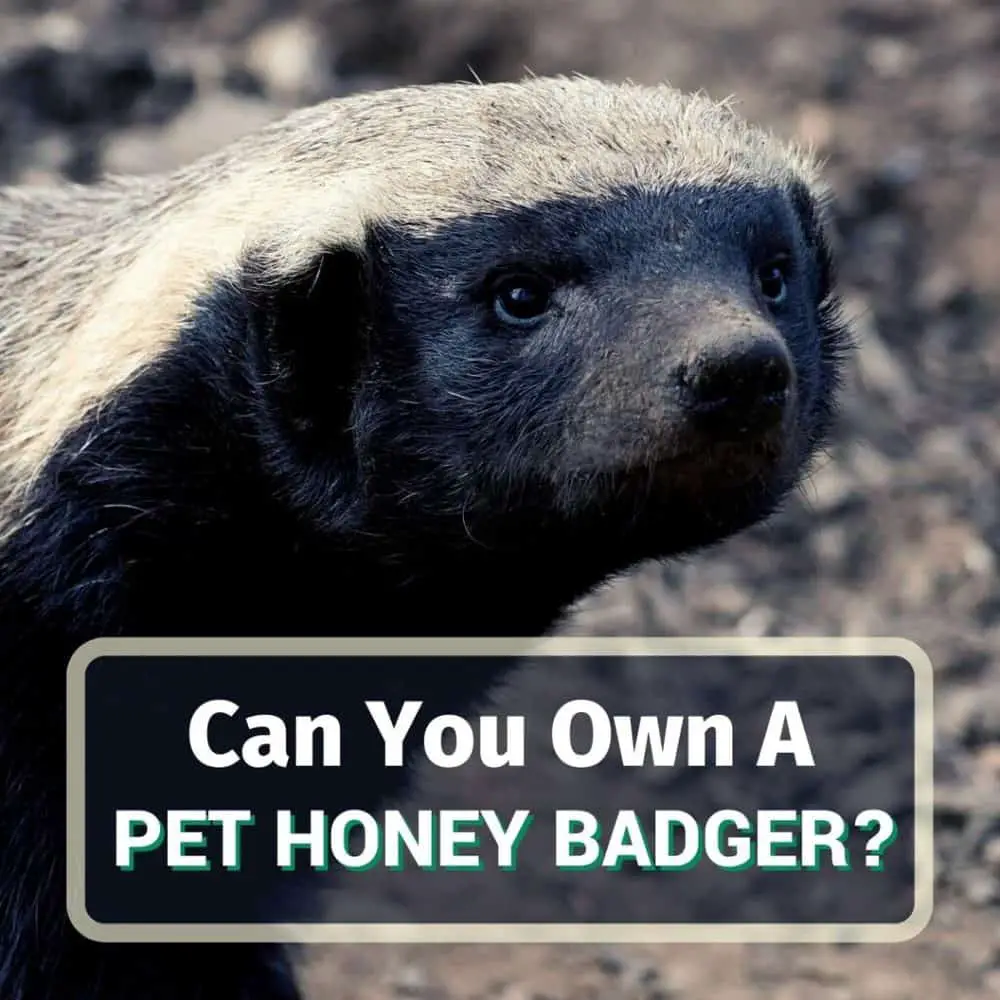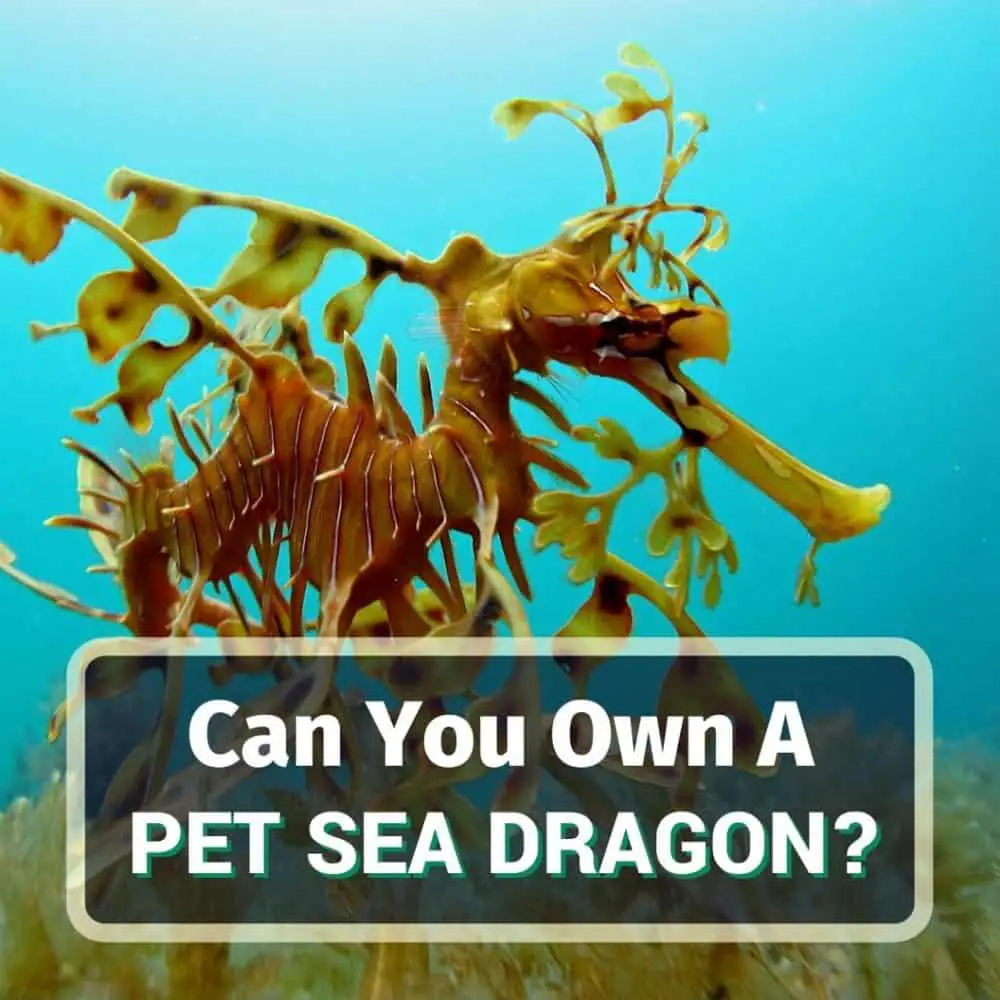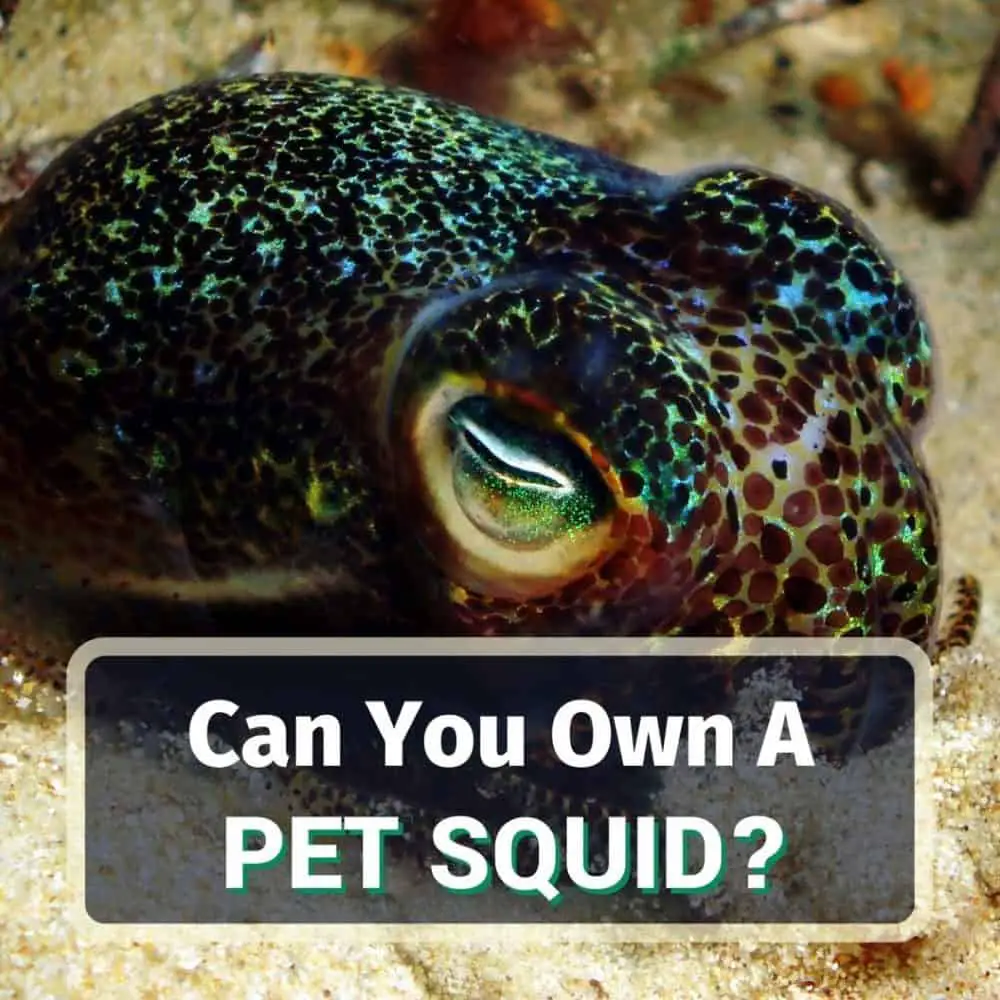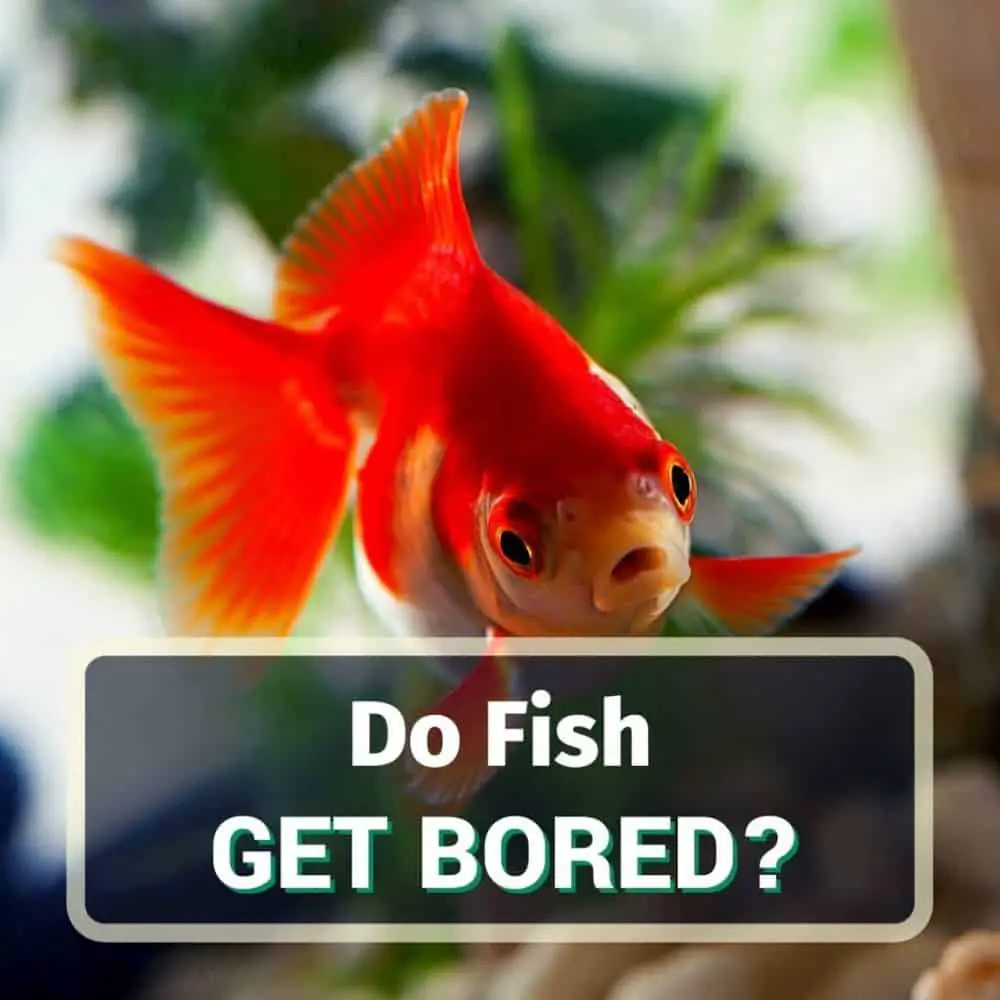Do sables make good pets? No, certainly not! Sables are wild animals and not domesticated. Owners will have a hard time house-training them. Additionally, they have their unique temperament which isn’t for everybody. This article is all about what it would be like to own a pet sable.
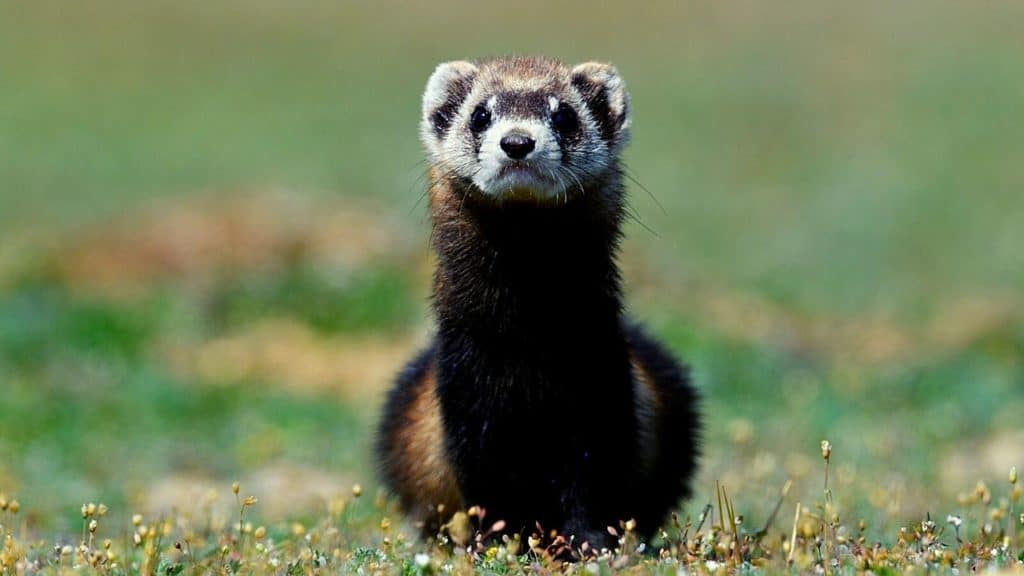
Is It Legal to Own a Sable?
States don’t have laws specific to sables. Thus, it’s necessary to look at their animal laws related to keeping members of the Mustelidae family (mustelids), members of the martes genus (martens), or weasels to determine if the state prohibits sables or requires a permit to own them.
Keep in mind that ferrets and long-tailed weasels are specific types of weasels, so their laws don’t apply to sables.
States that prohibit owning mustelids and weasels as pets include:
- Arizona
- Georgia
- Maine
- New Hampshire
- Utah
States that require a permit to own mustelids or weasels include:
- North Dakota
- South Dakota
- Virginia
The International Union for Conservation of Nature (IUCN) lists sables’ conservation status as being of least concern, so laws about threatened or endangered species do not apply.
Sables Aren’t Domesticated
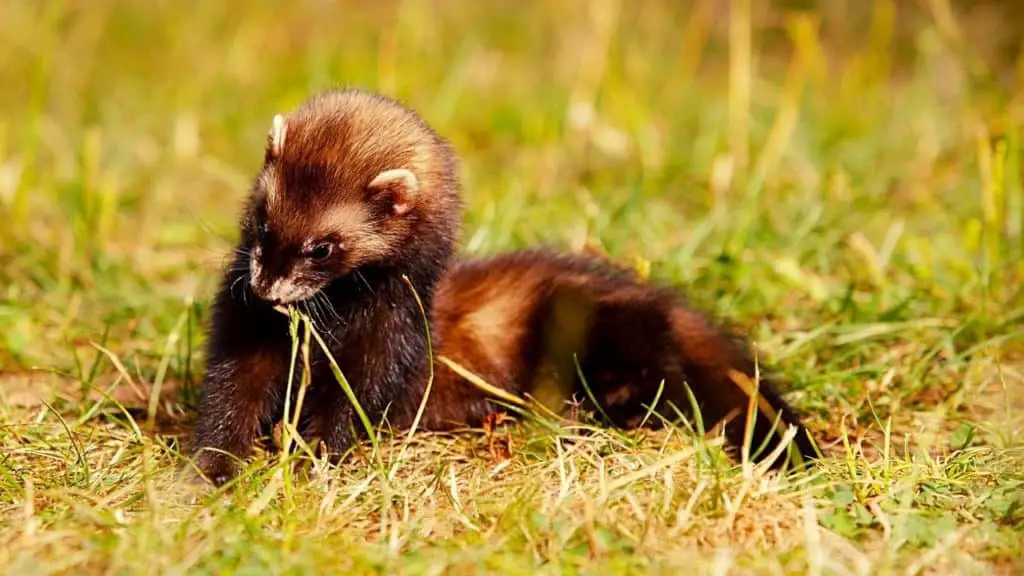
Sable fur has been a valuable commodity since the Middle Ages. Sable fur farms have been around since the 1930s, so humans have had ample time to attempt to domesticate the sable. However, breeders tend to select sables for fur quality rather than sociability.
Most information related to keeping sables relates to keeping them for their fur rather than as pets. And when studies talk about domesticated sables, they are referring to industrial domestication.
The industrial domestication of sables has reduced their hunting interest. However, it hasn’t made them less wild. Industrial domestication differs from the type of domestication you expect from a pet.
While it’s possible to train animals like sables in the weasel family, they still have aggressive and unpredictable tendencies. It takes a lot of effort, time, and patience to settle into life with this whirlwind pet.
Even with training, it may take a couple of years before you can start enjoying keeping it as a pet.
They’re Crepuscular and Nocturnal
Except during their reproductive season, sables are mostly crepuscular and nocturnal creatures. 72% of their active time is during twilight, 18% is at night, and only 10% is during the day. So, twilight will be the main time that your sable will be ready to interact.
In the wild, they hide away in their dens during periods of inactivity. In a home environment, they would want to hide away in a man-made den or kennel rather than interact during most of the day.
Sables Scent Mark
Members of the Mustelidae family have a well-developed olfactory sense. As such, scent-marking is their primary form of communication. They have scent glands in the posterior part of their abdomen that they use to mark their territory, indicate whether they’re ready to reproduce or use for other social purposes.
If you’ve ever been around a ferret, you can get an idea of the odor you can expect from keeping a sable. You can contain the smell pretty well inside of a glassed-in enclosure. However, if you plan to allow your sable to run loose around your house, you can expect your entire home to have a musky scent.
The more sables you have, the more intense the odor will be because of sables’ tendency to spray as a form of communication and territory marking. Spaying or neutering will help reduce scent-marking somewhat.
Sables Can be Aggressive
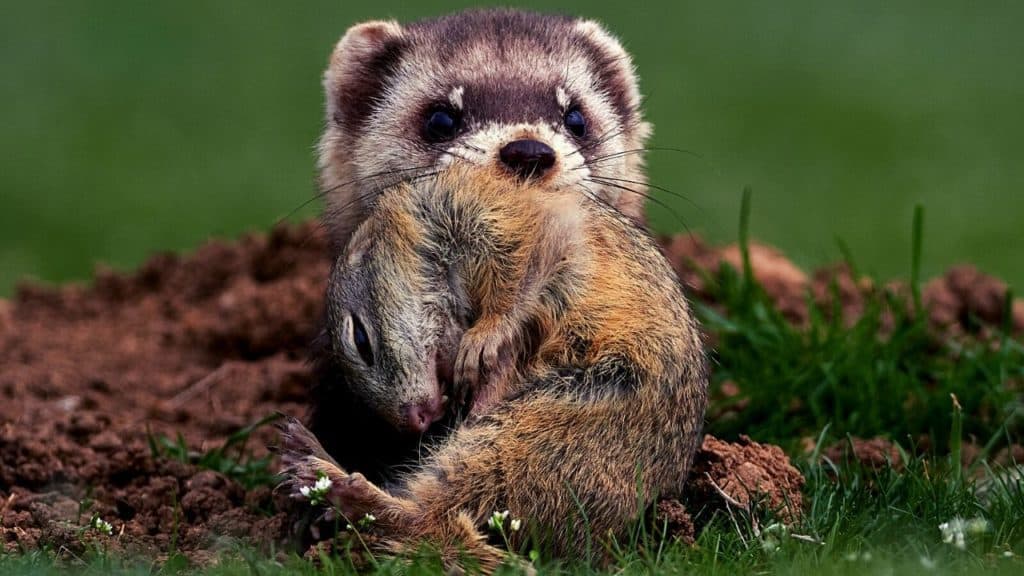
Sables can be unsafe and predictable as pets. While they may start as cute and cuddly pets, they often turn mean and aggressive as they age. Their teeth are needle-sharp, and they tend to swat and bite at humans when they’re feeling cranky or even playful.
While ferrets have been bred to become more social and non-aggressive as pets, the same is not true of sables. Sable breeders normally breed for soft cuddly pelts, not soft, cuddly pets.
So, if you consider adopting a sable because it looks infinitely soft and cuddly, you’ll want to think twice about its unpredictable nature. You’re not going to be snuggling up to it. Instead, you’re going to be strategically holding it to prevent its teeth from puncturing your skin.
They’re Wildly Unpredictable
Like minks or mongooses, sables are also wildly unpredictable. If you thought cats were likely to end up in crazy places around your house, you haven’t seen sables.
If you want a good idea of the wild and spastic tendencies of sables to go wherever they please in your house, just do a social media search for them as pets.
Sables jump like overactive Tiggers wherever they please in your home in pursuit of fun.
They may end up on top of shelves, claw their way up your curtains, or pounce into flower arrangements. They love climbing (or attempting to climb) furniture, leaving claw marks behind. You’re also fair game to be bounced.
Sables also like to steal things, so if you’re missing something, the sable likely took it as a toy.
Sables have a difficult personality, which can make them emotional and even hysterical at times. They can go from zero to hurricane in seconds flat. They won’t let you forget that you’re living with a wild animal.
If you’re a person who likes a calm and predictable pet that won’t end up getting into mischief, you certainly are not going to enjoy having a sable as a pet.
Are There Sables for Sale?
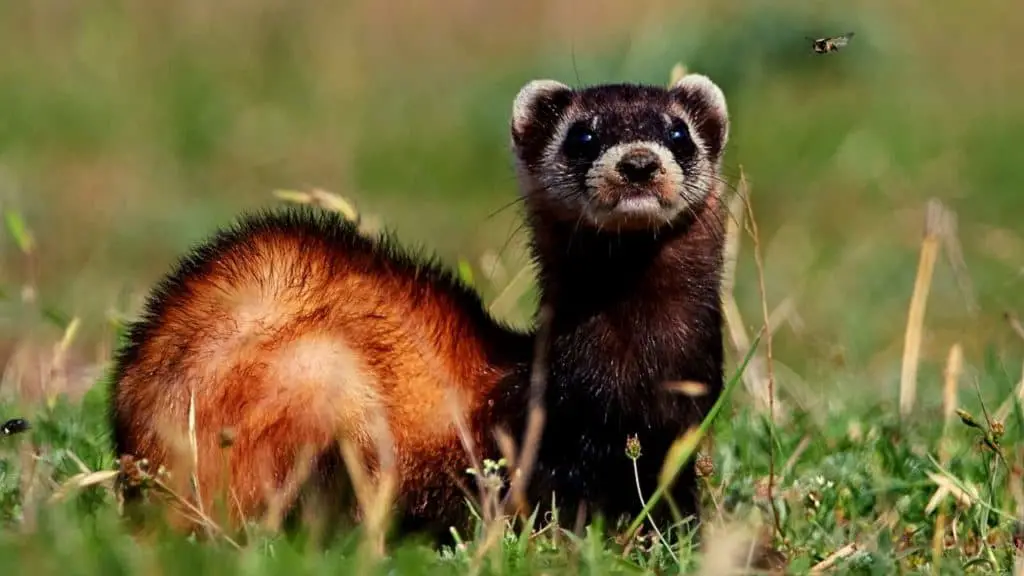
Sables are easier to find as pets in Russia than in the USA. Sometimes, you can find sables for sale online from breeders or by looking in local classified ads for sables that aren’t working out for their owners.
While sables are not easy to find, when you can find them, they usually cost around $250.
Keep in mind that most breeders that sell baby sables are selling them as fur-producing animals, not as pets. Thus, you shouldn’t expect well-mannered sables from a fur farm. A baby sable is less likely to have PTSD from having lived a life in a cage.
If you’re looking for sables to buy as a pet, don’t confuse them with black sable ferrets, which are completely different pets. Of course, black sable ferrets are easier to keep than actual sables, so they would make a better pet.


